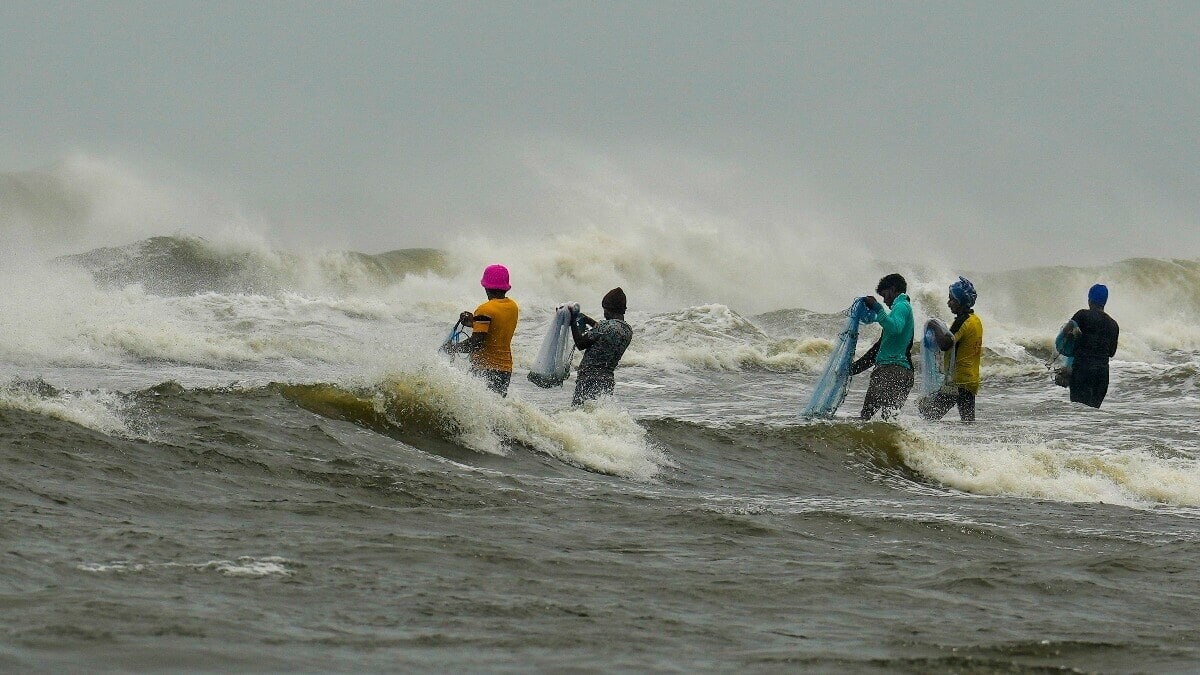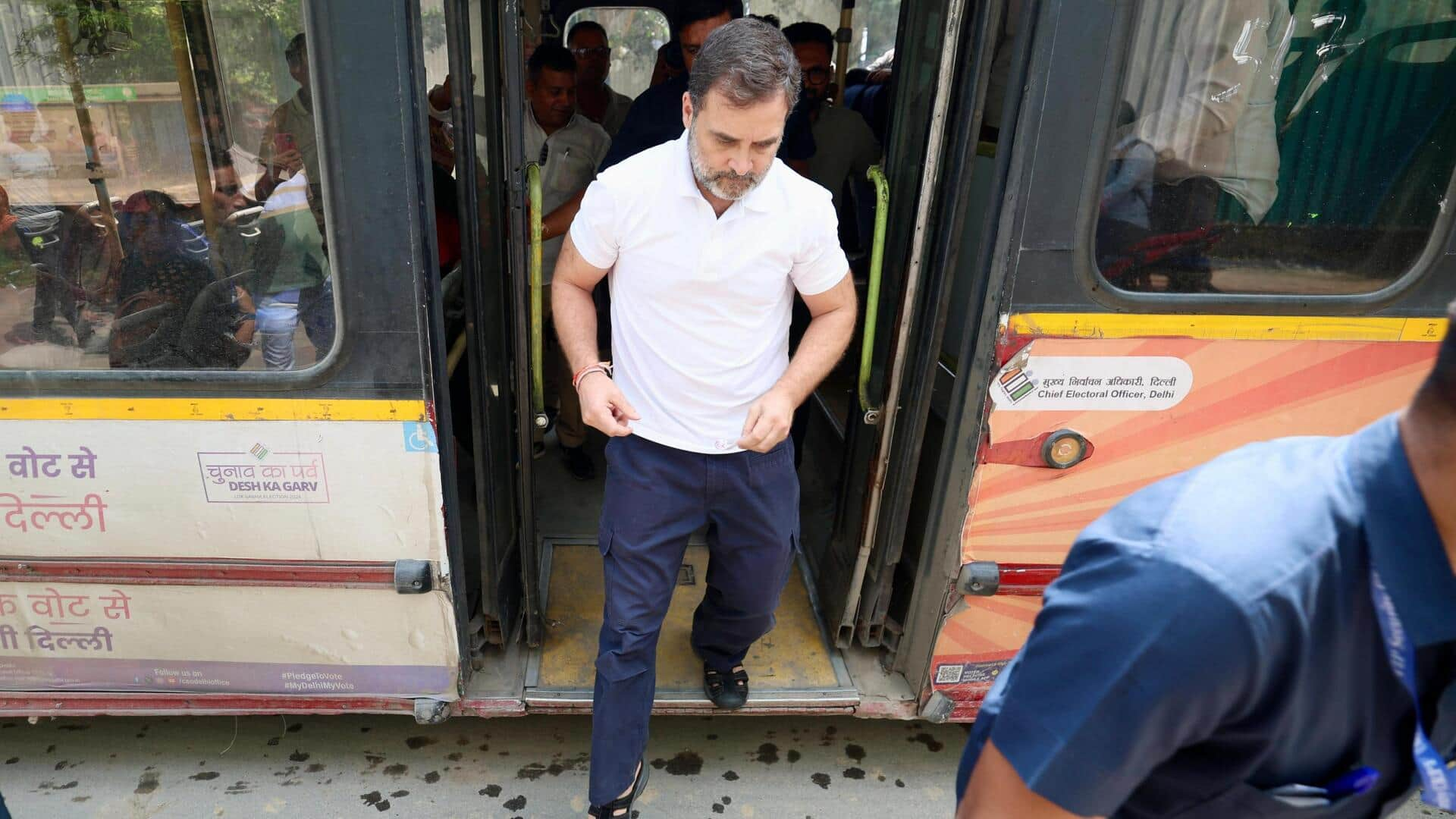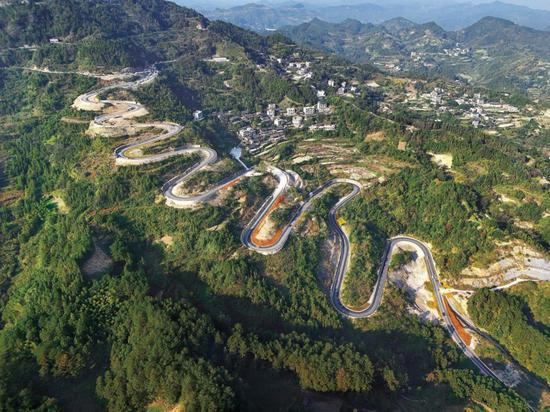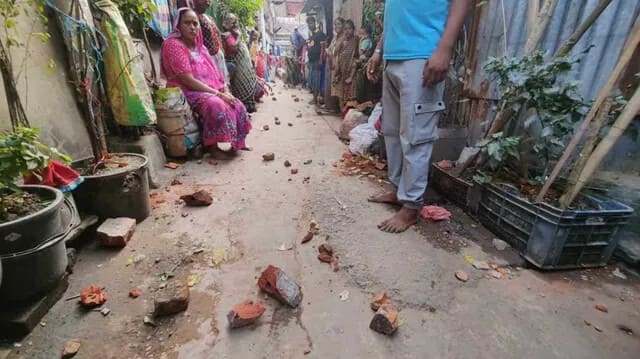
For all the talk we hear of the need for a new revenue deal to help with the city’s financial woes, you might be surprised to learn that the City of Winnipeg posted a $377-million surplus in 2023. And $57 million the year before that. Read this article for free: Already have an account? To continue reading, please subscribe: * For all the talk we hear of the need for a new revenue deal to help with the city’s financial woes, you might be surprised to learn that the City of Winnipeg posted a $377-million surplus in 2023.
And $57 million the year before that. Read unlimited articles for free today: Already have an account? Opinion For all the talk we hear of the need for a new revenue deal to help with the city’s financial woes, you might be surprised to learn that the City of Winnipeg posted a $377-million surplus in 2023. And $57 million the year before that.

In fact, the city has posted a cumulative total of nearly $3.7 billion in surpluses since 2005. The obvious question is where did the money go? This is the line of reasoning that was used for years by those who thought the city had a “spending problem.
” After all, how could it have a “revenue problem” if it was posting surpluses? But now that services have been cut to the bone, those very same people have grudgingly moved over to the “revenue problem” camp, as though those are the only two options. Unfortunately, this betrays a fundamental misunderstanding of accounting. So where is that $3.
7 billion? It clearly hasn’t gone to services, as we can see all around us. But at the same time, if the city is posting surpluses, why isn’t there enough money for everything? The key to understanding this is accounting. In municipal accounting, there’s a type of expense that doesn’t get counted in our operating budgets, or in our yearly surpluses.
And that’s infrastructure (or capital) spending. That means that all the money for infrastructure spending must come from leftover surpluses in our operating budgets. If we use debt for infrastructure, that debt also needs to be paid back from surpluses in our operating budgets.
So where did the money go? It went to infrastructure! In 2005, we had spent 97 per cent of all surpluses generated since 1873 on infrastructure. By 2023, we had spent more than 115 per cent of those cumulative surpluses. Knowing that the city has spent more than all of its surpluses tells us that we’ll need to make up those surpluses in the future.
In future operating budgets. The city’s net financial position, a type of liquidity-solvency measure for cities, was negative $1.2 billion at the end of 2023.
That tells us we’ve already spent $1.2 billion in the past (on infrastructure) that we’ll need to make up in future operating budgets. Either through service cuts, or revenue increases.
Having cut services to basically as low as they can go, we’re now forced to accept tax increases to make up that money. So a lack of revenue isn’t the cause of our problems, it’s a symptom of having overspent on infrastructure in the past. But how could we have overspent on infrastructure if everything is still falling apart? If the Arlington Bridge is closed, if Happyland Pool is closed, if our roads are as potholed as the surface of the moon, doesn’t that mean we have underspent on infrastructure? Well, actually it’s both.
We’ve underspent what’s necessary to maintain what we currently own. But we’ve overspent the money we have available to do so. So doesn’t that prove a need for more revenue? Well, before we provide local politicians with a blank cheque, it would be important to ask how much they would need.
The city’s infrastructure deficit is currently $800 million per year. Just for comparison, the city collected $700 million in property taxes in 2023, the 14-cent-per-litre gas tax used to bring in about $350 million per year (for the entire province), each percent of PST brought in $386 million last year (again, province-wide). And finding that money in provincial income tax would require a 15 per cent increase in personal tax rates, if all of it went to Winnipeg.
And that’s just how much more we’d need to keep up with our infrastructure over the next 10 years. It doesn’t address the ever-worsening negative net financial position that’s working its way through our operating budgets, which is our infrastructure spending from the past. And it certainly doesn’t include restoring any services we’ve already cut.
It’s true Winnipeggers can’t afford that much of a property tax increase. But neither can they afford it as a sales tax (the very definition of a regressive tax), or a liquor tax, or a sewer fee hike, or any other tax. Which brings us back to the cause of our financial problems.
We’re constantly told that infrastructure spending is an investment, and it is. But, as with all investments, there are good investments and there are bad investments. If our previous investments had grown the economy the way they promised, the taxation capacity would exist in the economy, somewhere.
But it clearly doesn’t. Instead, we find ourselves in a situation where infrastructure investment isn’t even paying for itself, much less additional services. With a development pattern that’s 88 per cent roads and pipes, it’s no surprise that growth is bankrupting us instead of providing prosperity.
Pouring more revenue into the same approach won’t fix it. It’ll just allow us to keep doing the wrong thing a little longer. And then we’ll end up back where we started, begging for even more revenue to deal with the symptoms of our bad investment choices.
Michel Durand-Wood lives in Elmwood and has been writing about municipal issues at DearWinnipeg.com since 2018. Advertisement Advertisement.










